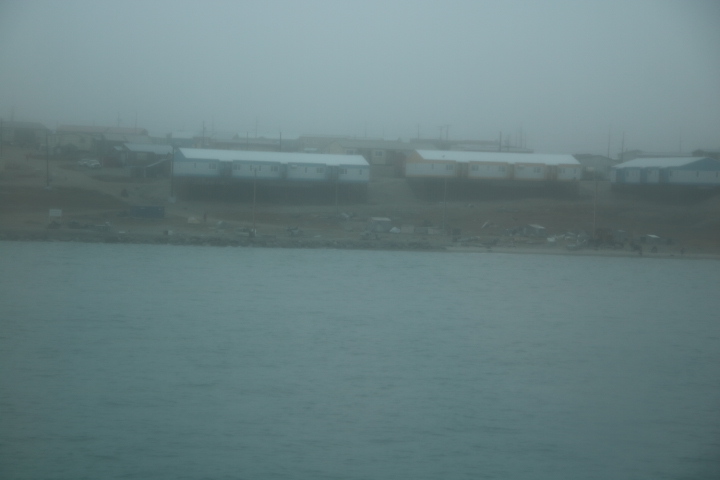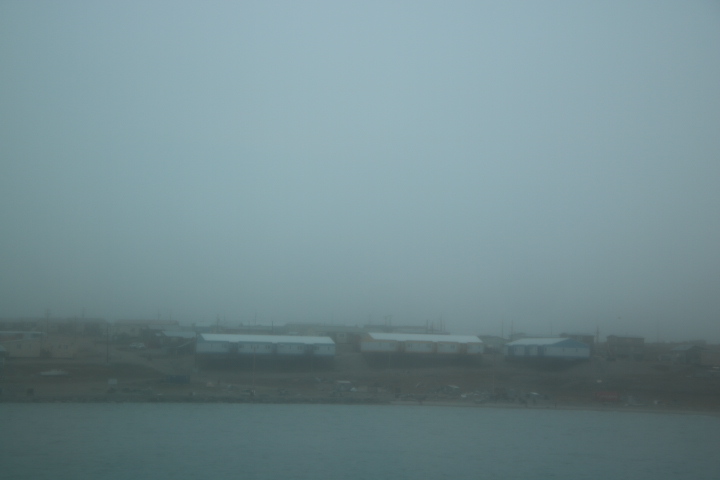At 08:00, en route to Gjøa Haven we had reached 68N 97W. Outside through the sprayed stained window of the cabin it looked wet and misty but with improvements on the horizon in the east.

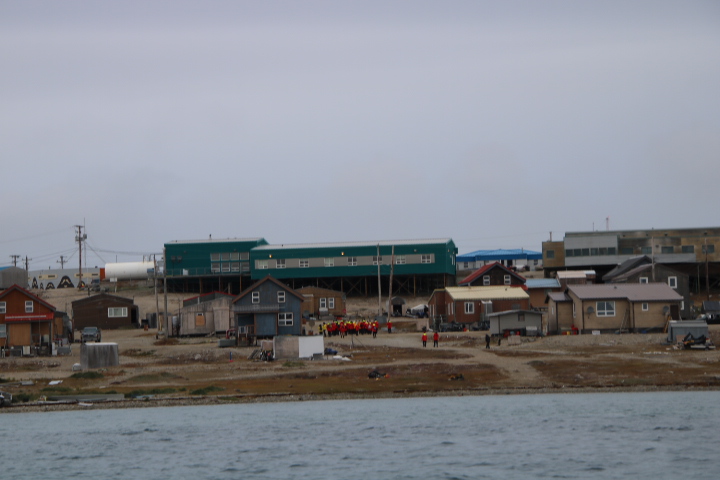




45 years after the searches for Franklin were abandoned, the NWP was first navigated by Roald Amundsen between 1903 – 6. He planned the conquest of the passage using a former fishing boat, Gjøa. She was a small vessel but this was the essence of Amundsen’s plan. She would negotiate shoals and narrow waters and with a small crew, unlike Franklin’s over a hundred, they would be able to live off the land. She sailed from Norway on 16th June 1903 via Baffin Bay, Lancaster and Peel Sounds, the James Ross Strait and spent two winters in the little harbour they called Gjøa Haven on King William Island. An important task during their time at Gjøa Haven was to calculate the location of the Magnetic North Pole. This important task, completed in 1904, is necessary for accurate navigation, as it is to where compasses point but not true north. Knowing the difference between the two enables accurate navigation in the Far North. Passing along the Yukon coastline in the summer of 1905 they reached Herschel Island and over wintered there. From here he set off on skis to Eagle, Alaska, to telegraph the news of his transit. This was an agreement with the Times of London, but Seattle newspapers got hold of the story and scooped the London newspaper. The former was not impressed and did not pay Amundsen. The Gjøa was displayed in the Golden Gate Park in San Francisco until finally returning to Norway in 1972. For Amundsen, this expedition was only the start of a remarkable career as an explorer. He became the first to reach the South Pole, navigated the Northeast Passage and flew across the North Pole by airship. His small team and Inuit lifestyle was a successful approach to exploration compared to the military approach of the British which did not work in extreme locations.
Our 15:20 landing gave us the opportunity to visit the Heritage Centre with artifacts related to Amundsen and Franklin.
Compared to yesterday this was a different Inuit settlement as the people were so much more friendly and the place reflected an affluence and tidiness that Cambridge Bay didn’t have. Speaking to young and old, they were pleased that the ships had returned.
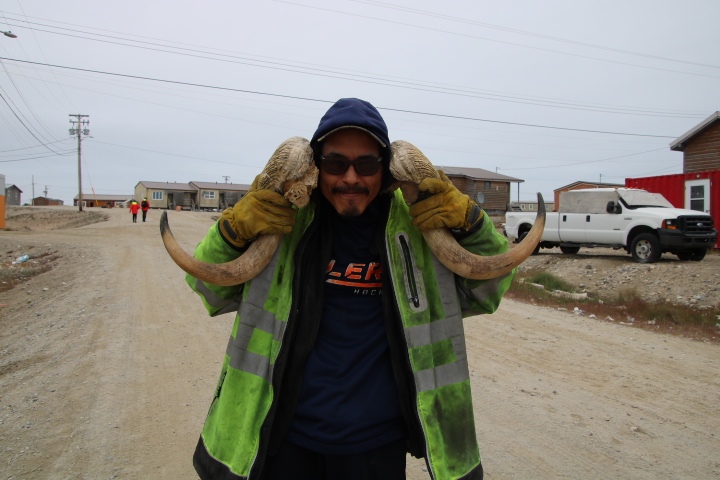

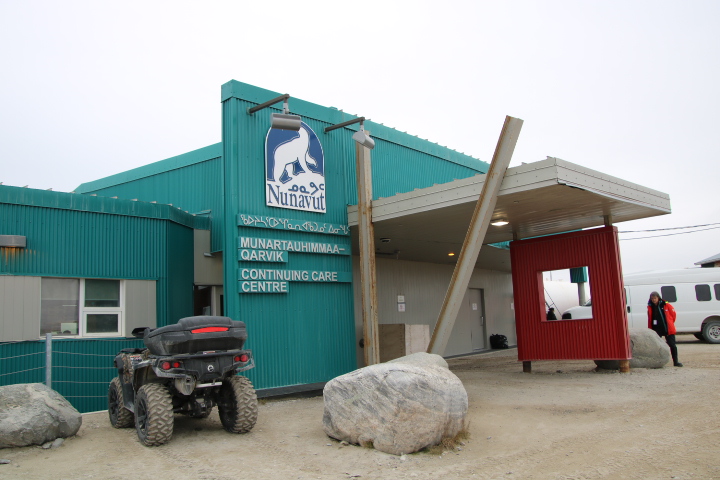
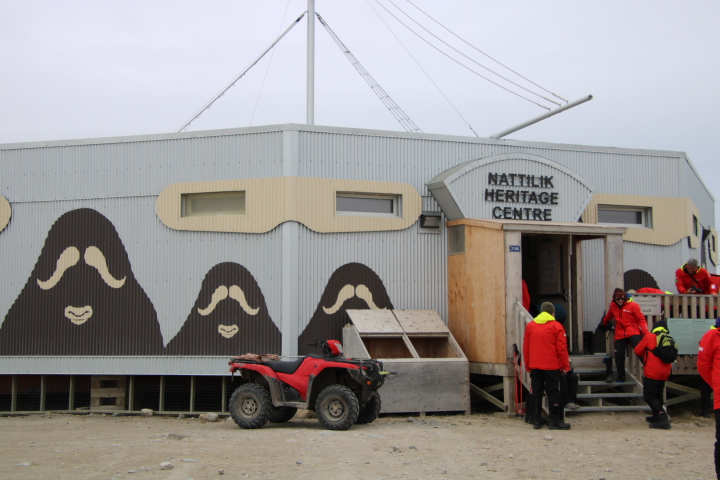
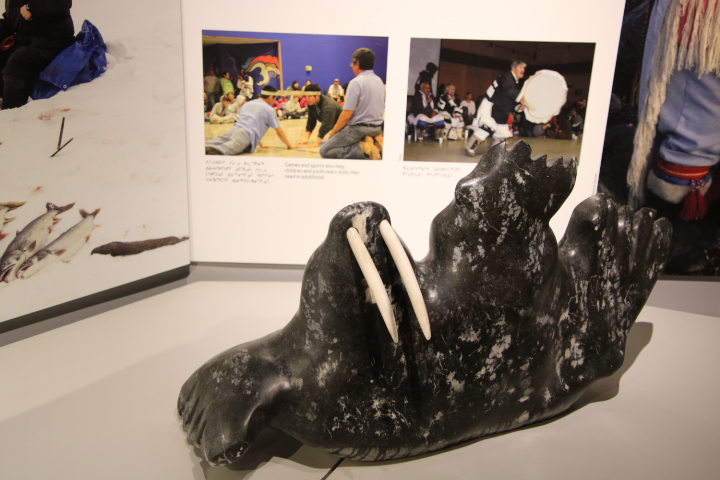
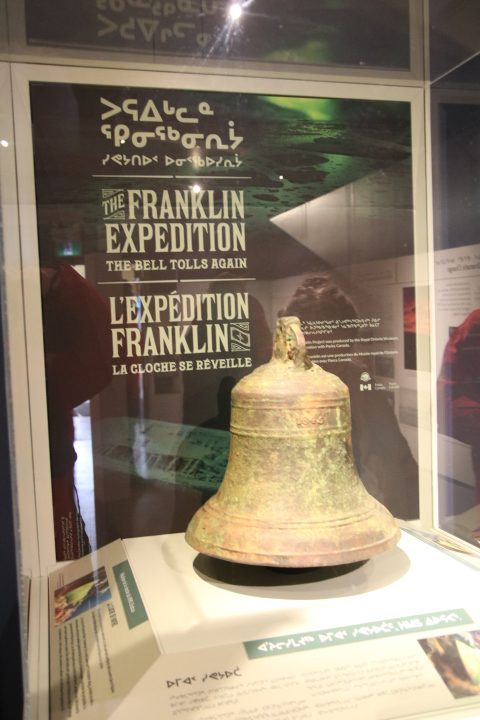
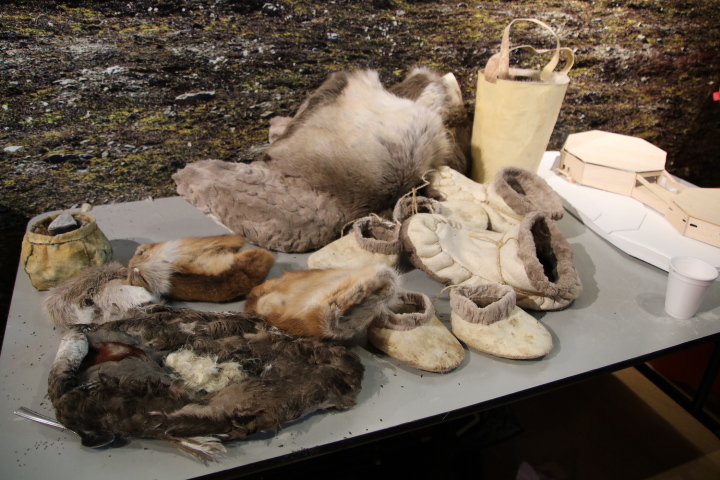
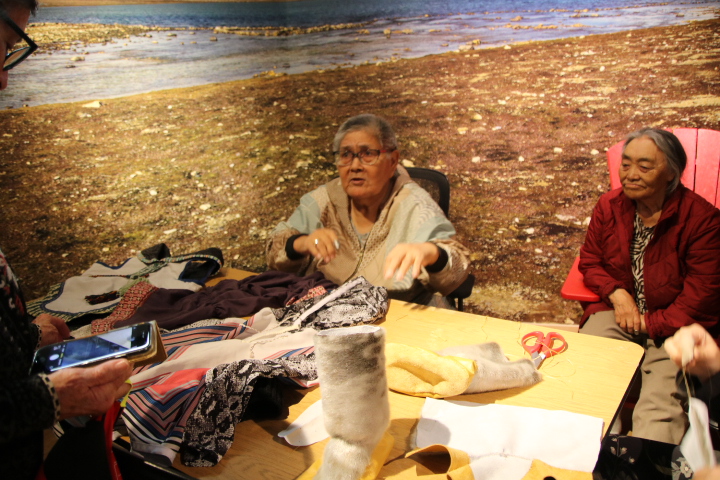
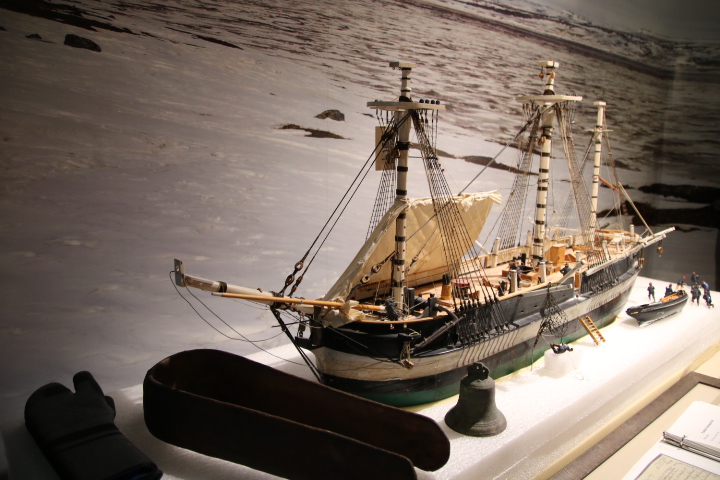
Towards the end of our walkabout the rain and low cloud set in and it reminded us of an Inuit story entitled ‘The day the sky fell’ – the story of the start of winter – hopefully for us not yet!
